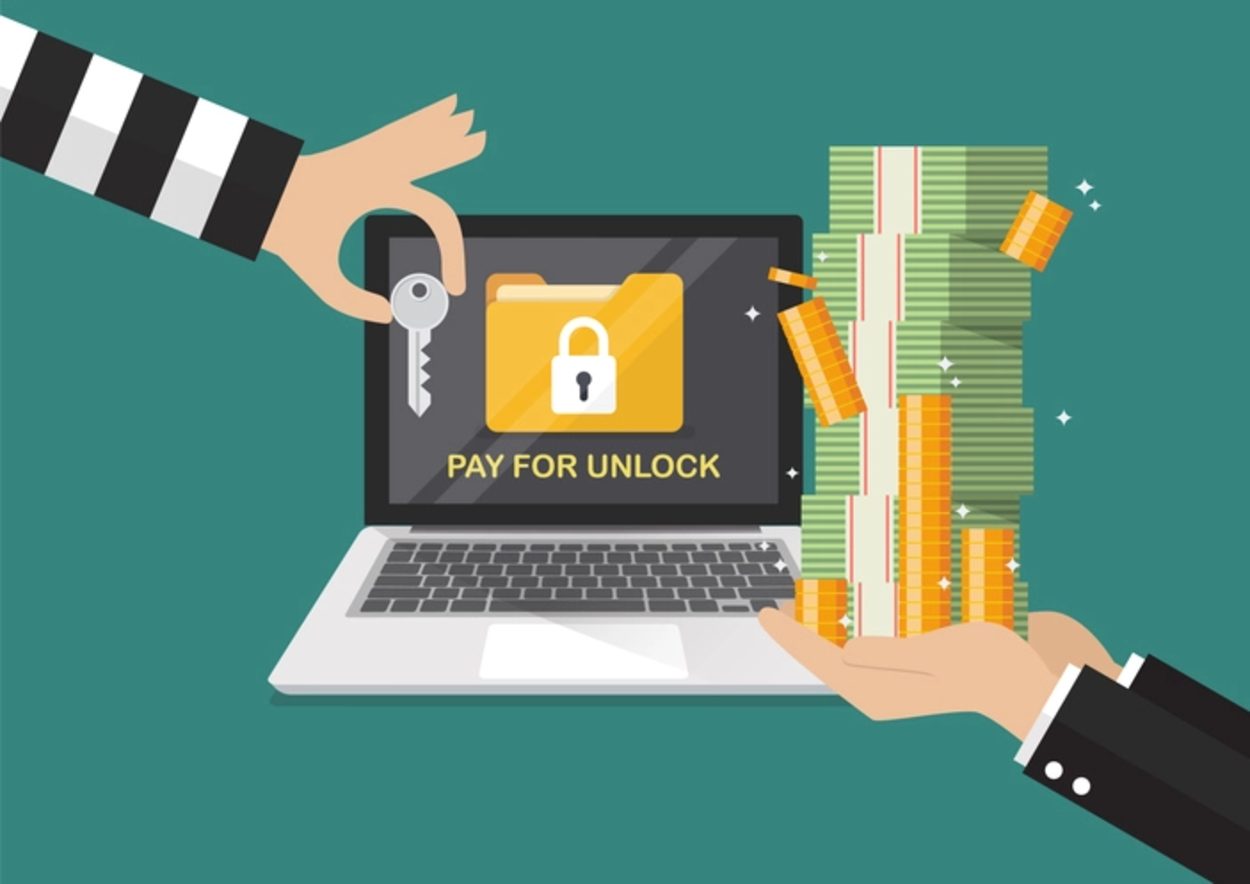How to recover from a ransomware attack
There are many cybersecurity risks due to hackers committing cyberattacks. The list of cyberattacks is extensive, and at the top of that list is phishing and ransomware. Phishing, the use of fraudulent emails to obtain sensitive information, is often used for a ransomware attack. Ransomware is malware that obstructs a user or organization from accessing their files, that lets hackers demand a ransom payment to regain their files. Ransomware is destructive, but unlike a virus, the purpose of infecting your network is not to cause a loss of revenue, but instead to turn your files and data into revenue.
There are multiple types of ransomwares, the most common being:
- Crypto Ransomware or Encryptors – The files and data within a system get encrypted so that they cannot be accessed without a decryption key. These are one of the most common and damaging versions.
- Lockers – Will lock you out of your system, making your files and applications inaccessible, until the ransom demand is paid.
- Scareware – When fake software claims to detect a virus or other issue on your computer and guides you to pay to resolve the problem.
- Doxware or Leakware – Threatening to distribute sensitive personal or company information online
- RaaS (Ransomware as a Service) – The use of an anonymous professional hacker to handle all aspects of the hack, in return for a cut of the loot
Everyone is vulnerable to any cyberattack. When dealing with the panic of a ransomware attack, one shouldn’t be asking “What should we do?”. That’s why it’s important to stay alert and have a recovery plan that is predictable and rapid. Some steps for recovering from a ransomware attack are as follows:
- Preparation – Being prepared for any cyber-attack ahead of time will only be beneficial for the organization. This can be done by implementing and enhancing email security, practicing good cyber hygiene, and having a response plan for such events.
- Identification – Identifying the data that is compromised and what systems and services are affected by this, and verifying the threat so that the damage can be evaluated.
- Containment – The goal is to put a stop to further encryption wherever possible. This can be done by isolating infected servers or drives. This division can reduce a hacker’s ability to spread malware across networks.
- Eradication – Once the attack is shut down, ensure that there is no way for the threat to reenter the environment. This could require servers and associated data to be recovered from the last backup before the date of infection.
Ransomware attacks vary in nature but can be devastating. Having a plan in place is important as well as assessing your infrastructure regularly and bringing attention to outdated systems. Regardless of the level of infection, your organization should produce a recovery strategy to restore data rapidly, ensure ransomware is eradicated and that the threat is eliminated so there’s no risk of reinfection.
Contact DDKinfotech for more information and tips to keep your network secure!





